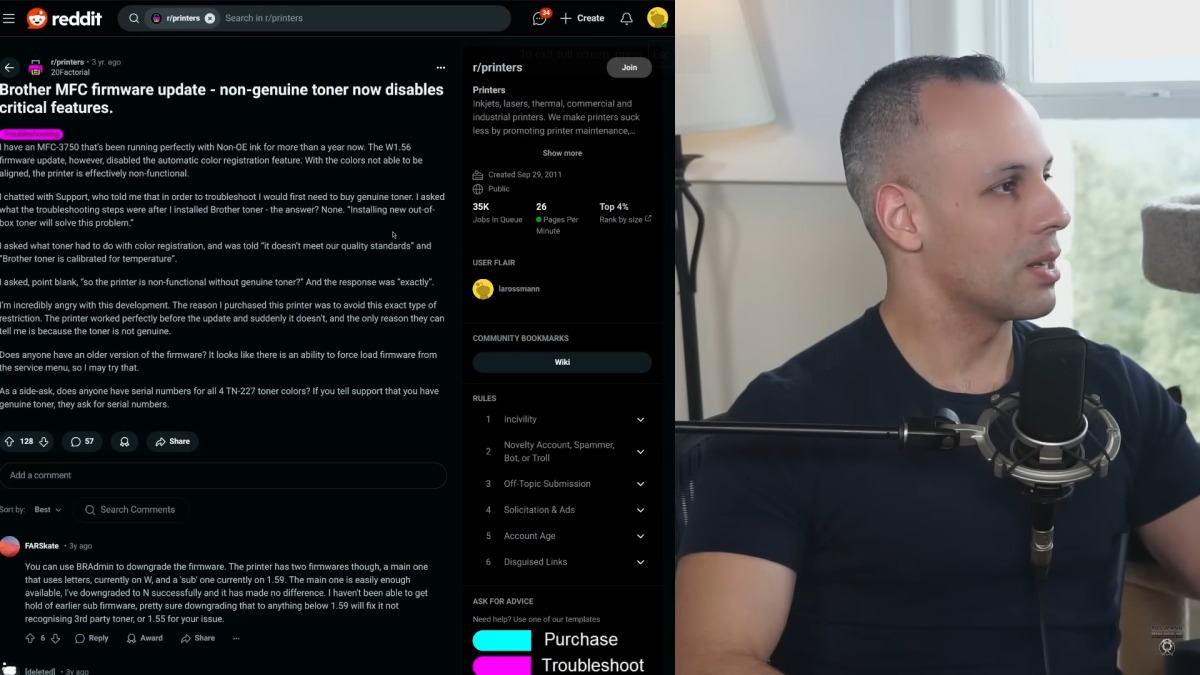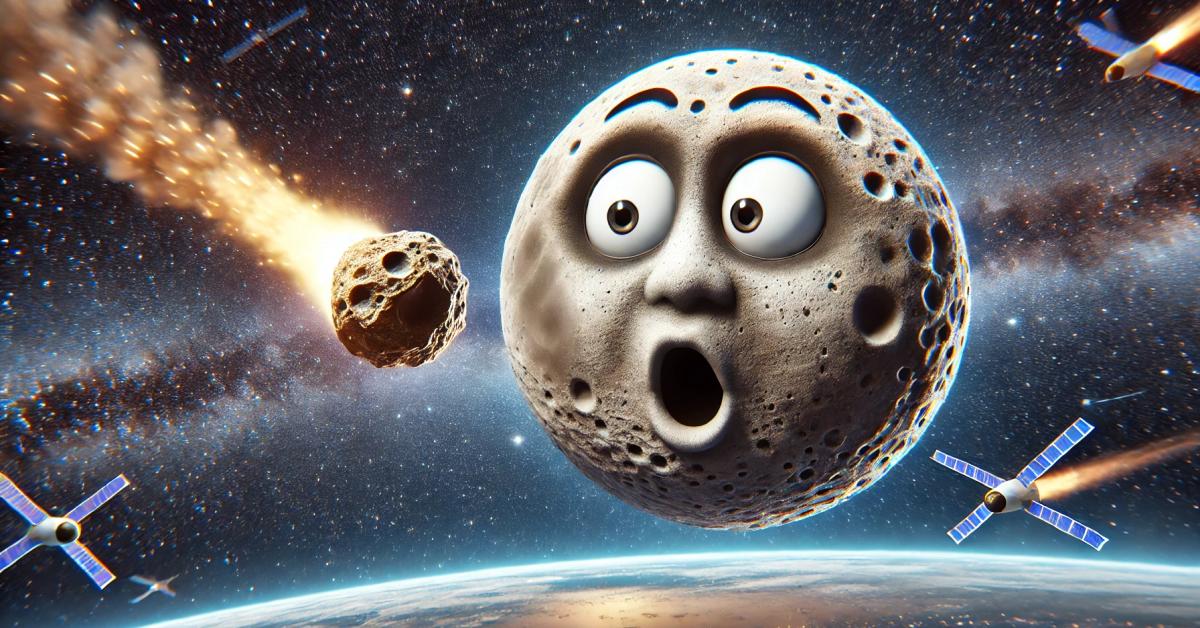For today’s edition of “Deal of the Day,” here are some of the best deals we stumbled on while browsing the web this morning! Please note that Geeks are Sexy might get a small commission from qualifying purchases done through our posts. As an Amazon Associate, I earn from qualifying purchases.
–How to Take Over the World: Practical Schemes and Scientific Solutions for the Aspiring Supervillain – $28.00 $16.29
–SAMSUNG T7 Portable SSD, 2TB – $269.99 $129.99
–Sengled Smart TV LED Backlights for 45-75 inch TVs – $18.52 $9.94
–Sony WH-1000XM4 Wireless Premium Noise Canceling Overhead Headphones – $348.00 $248.00
–Samsung Galaxy Buds FE True Wireless Bluetooth Earbuds – $99.99 $69.99
–DJI Osmo Action 4 Essential Combo, 4K/120fps Waterproof Action Camera with a 1/1.3-Inch Sensor, Stunning Low-Light Imaging – $289.00 $209.99
–MSI PRO Z790-S WiFi ProSeries Motherboard (Supports 12th/13th/14th Gen Intel Processors) – $189.99 $109.99
–LEGO Architecture London Skyline Building Set – $39.99 $31.99
–Energizer Rechargeable LED Flashlight X1000 (1000 Lumens) – $27.99 $16.78
–LifeStraw Personal Water Filter – $19.95 $13.94
–Microsoft Office Professional 2021 – $54.97
–Microsoft Windows 11 Pro or Home – $17.97
–1minAI: Lifetime Subscription – Why choose between ChatGPT, Midjourney, GoogleAI, and MetaAI when you could get them all in one tool? – $234.00 $39.99
–Babbel Language Learning: Lifetime Subscription (All Languages) – $599.00 $129.99 (Use Promo Code LEARN40)










